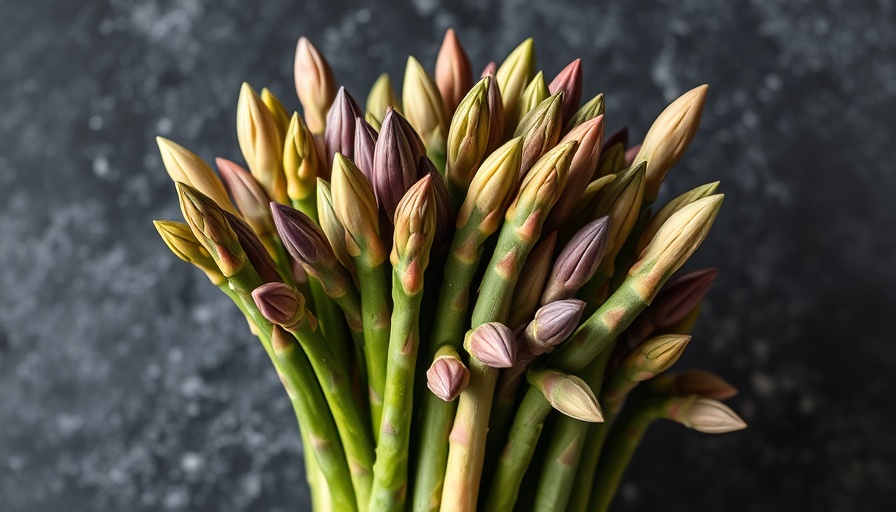
Discover the Best Asparagus Varieties to Cultivate at Home
Asparagus, known scientifically as Asparagus officinalis, is a versatile and long-lived perennial vegetable that can thrive in multiple zones across the United States, making it a favorite among home gardeners. If you have been contemplating adding this nutritious vegetable to your garden, consider the vast array of varieties available and how they can enhance your gardening experience.
Top Choices for Home Gardeners
When it comes to selecting asparagus for your home garden, you are not short on options. Here are 15 of the best asparagus varieties that offer unique flavors, vibrant colors, and varying yields:
- Apollo
- Atlas
- Conover’s Colossal
- Erasmus
- Jersey Giant
- Jersey Knight
- Mary Washington
- Millennium
- Mondeo
- Precoce D’Argenteuil
- Purple Passion
- Spartacus
- Sweet Purple
- UC-72
- UC-157
These varieties cater to different climates and personal tastes, from the classic green to unique purple asparagus options, which not only provide aesthetic appeal but also possess additional antioxidant properties. This selection allows for a diverse harvest, enriching your meals!
The Importance of Soil and Climate
To grow asparagus successfully, understanding its preferred growing conditions is critical. Asparagus thrives in full sun and requires well-draining sandy loam soil rich in organic content—ideal for promoting healthy growth. Consider enhancing your garden design by creating raised beds, which not only improve drainage but also provide better control over soil amendments.
Asparagus: The Gender Difference
An interesting aspect of asparagus is its dioecious nature, meaning plants can be male or female. While female plants may produce seeds, they are typically less productive than their male counterparts, known for higher yields. When deciding to grow from seeds, keep in mind that you have a 50/50 chance of getting male plants, but most hybrid crowns you purchase will be male. This is critical as male plants can lead to larger, more consistent harvests.
Cultivating for Flavor and Texture
Choosing the right variety to plant isn't just about quantity; flavor and texture are crucial for culinary applications. Early to mid-season varieties are generally the most tender and flavorful, making them ideal for spring dishes. The type you choose can significantly impact your eating experience!
Sustainable Gardening Practices for Asparagus
In addition to selecting the right variety, employing sustainable gardening practices ensures your asparagus has the longevity it deserves. Techniques like crop rotation and mulching can help mitigate pests and diseases, as well as improve soil health. This aligns perfectly with the ethos of organic gardening, where the health of your plants and soil are paramount.
Conclusion: Embrace Your Gardening Journey
Growing asparagus at home is not just about cultivating a vegetable; it’s an enriching experience that connects you with nature and promotes sustainable living. Armed with knowledge about the best varieties and care practices, you can embark on your gardening journey with confidence!
 Add Row
Add Row  Add
Add 




Write A Comment